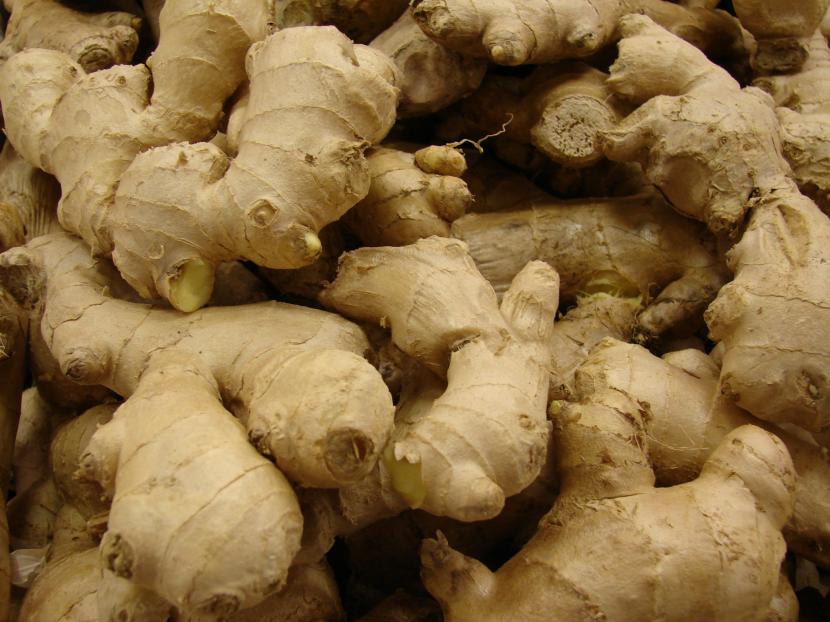
I don't know why, but it is generally assumed to be difficult or impossible to grow ginger at home. That is not the case, since even if you have your first ginger plant, you can keep replanting year after year.
A very easy way of growing ginger at home as soon as we buy it in the store and grow it, it is outside or inside, in pots or on the ground. In the following sections we will talk about everything we need to know to be able to sow and grow ginger, so that we can harvest our own ginger at home.
What is ginger and what is it for?

Ginger, scientifically known as «Zingiber officinale«, It is a perennial plant native to the tropical regions of Southeast Asia. There are many types of ginger and its main producers are China and India, but also Australia, Hawaii and Jamaica, the latter country (Jamaica) is considered the best quality.
It is basically a plant that develops bulbous rootsrhizomatous, horizontal, rough, knotty and yellowish in color, and can reach a height of 0,60 to 1,20 meters. The leaves are narrow and they have fragrant yellow, greenish or lilac flowers.
But why grow ginger at home?
Well the ginger root It is not only used as a spice to flavor hot and cold dishes, but also has many medicinal properties generalized.
El ginger as a medicine, can be used to treat sexual dysfunction and premature ejaculation until it works as a powerful aphrodisiac, but it doesn't stop there, it works great as a home remedy for all kinds of digestive problems, relieves nasal constipation and sore throat in colds, acts as an anti-inflammatory and also helps against nausea.
Over time, it is used daily, so the local ginger allows us to always have it at hand when we need it. Now we are going to inform ourselves about the growing and caring for ginger.
What does ginger like and what doesn't?
For grow ginger at home, you have to consider what he likes and dislikes for their care and growth, so take good note:
- Ginger loves being in a sheltered place, with filtered light, warm and slightly humid temperatures and rich, moist soil. (After all, it is a tropical plant.
- Ginger does not tolerate frost, direct sunlight, strong winds, and flooded soils.
Types of ginger
Ginger root seedling
The easiest way to grow ginger at home is to get fresh rootstocks from someone who grows them. If we don't have this option, we will buy it in the store, being very important to choose a fresh and fleshy rhizome with growing buds (these buds look like little horns at the end of a piece).
Ginger with green germ

The next step recommended by many farmers is soak the ginger rhizomes overnight in warm water, which is a good idea since commercial ginger may have been treated with a growth inhibitor.
I have ginger and turmeric planted this year, in mid-summer, so they haven't come to flower, but they have put on leaves. Now, in December, the leaves are drying. Presumably in spring they will grow again. no?
As for the multiplication to harvest the rhizomes, how do they multiply and which ones are harvested?
Thank you.
Hello Santi.
Yes that's how it is. Being tropical plants with the arrival of cold they lose their leaves. Anyway, if you have the possibility of putting them in a home greenhouse or indoors, they will be better than outdoors.
In late winter or early spring, both turmeric and ginger can be multiplied by rhizomes, following the steps indicated in this article.
If you have any questions, contact us 🙂
Merry Christmas!